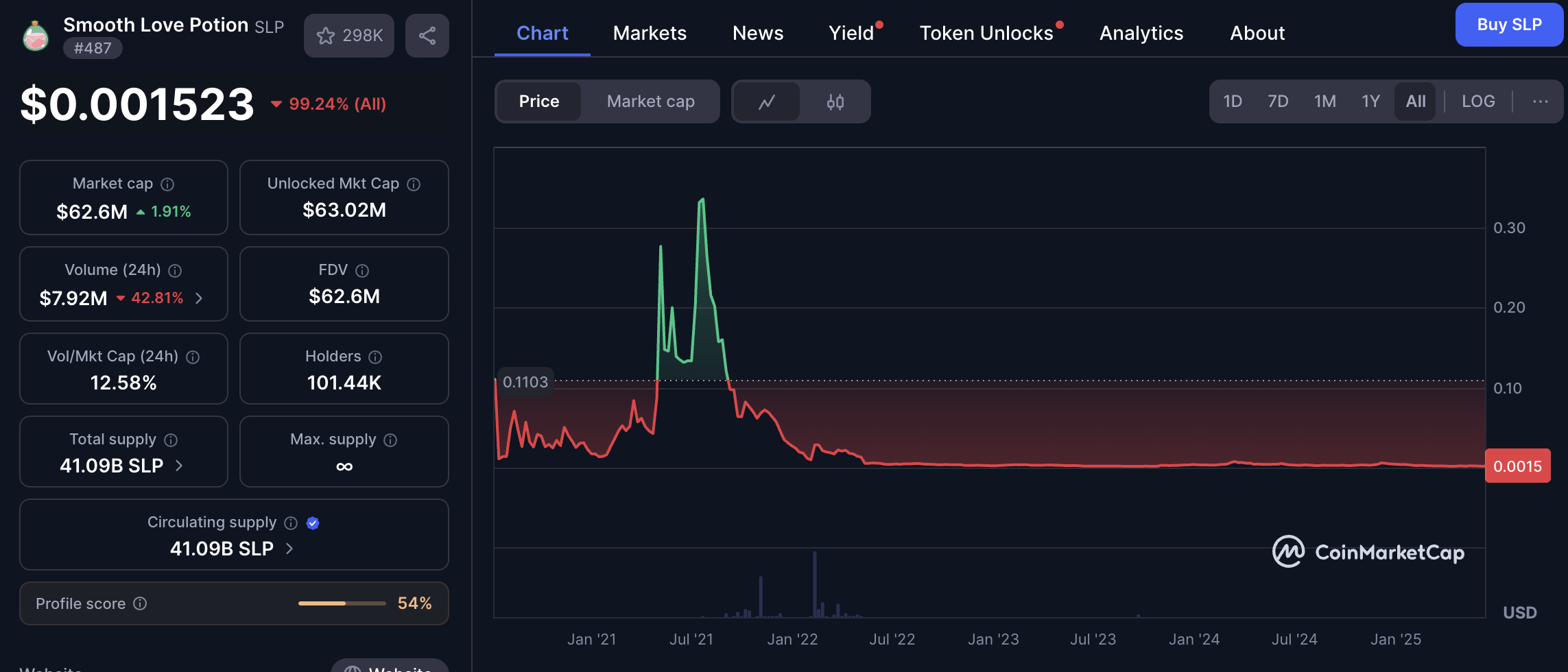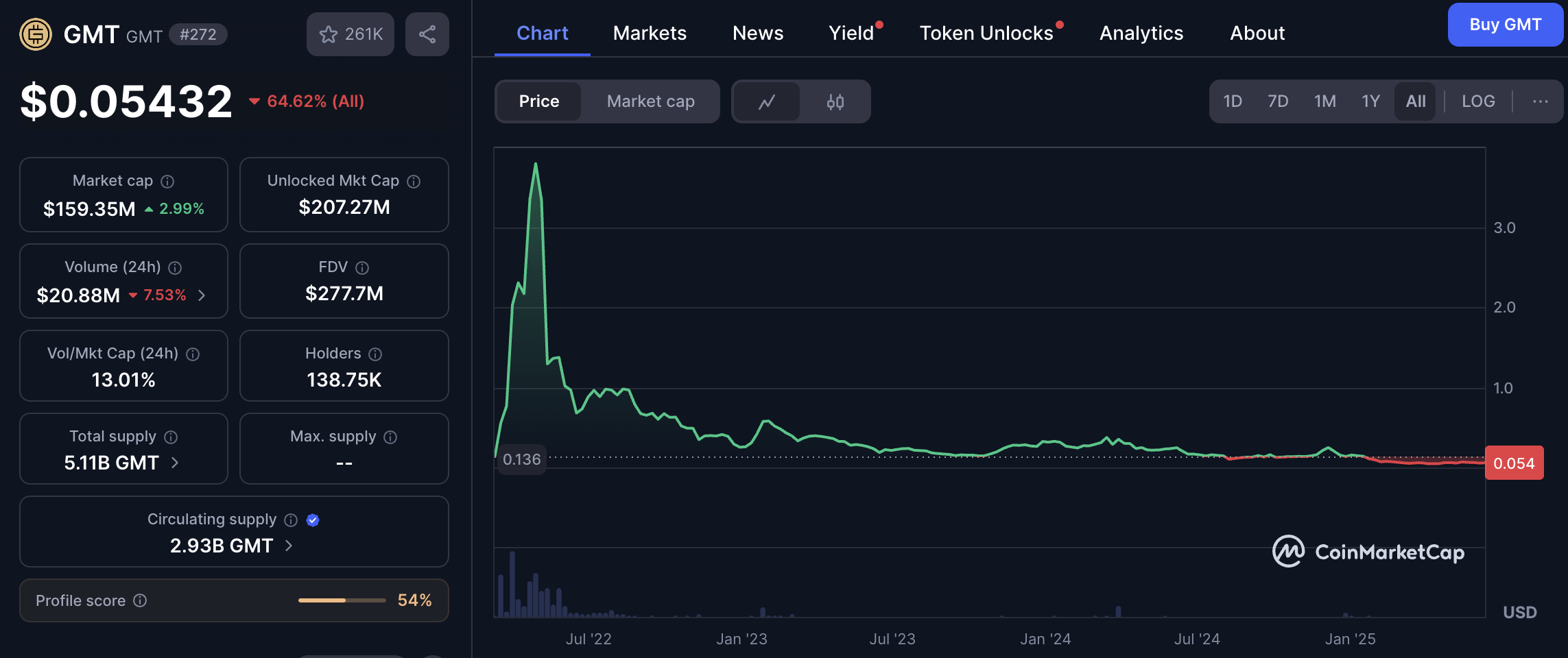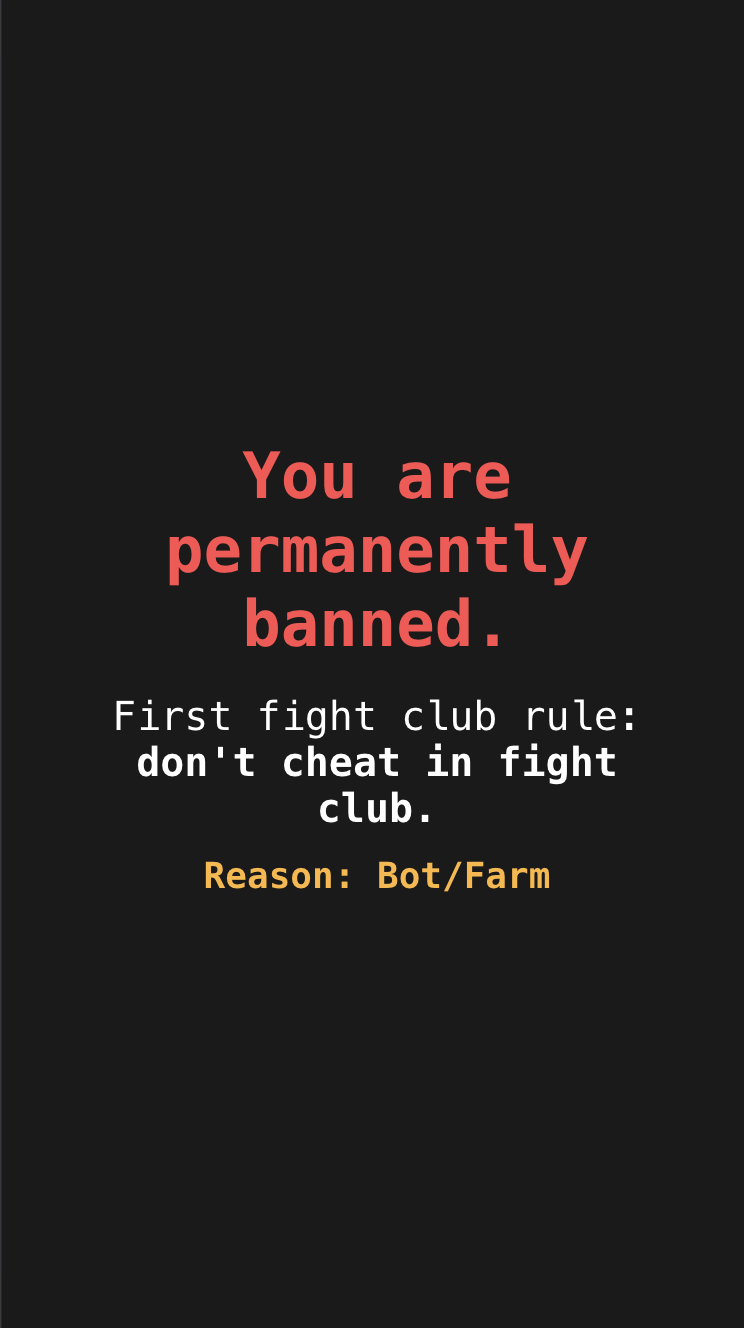Thoughts on Telegram Web3 Gaming
Hello everyone, my name is Anton. Games have always been a huge part of my life: I’ve been a computer gamer since 1996, when my dad brought our first PC home and I was a little kid (but already grinding, lol). I’ve been both a blockchain builder and gamer since 2017, and the spirit of competition runs deep in me — I’m also a poker and chess player. Now, I want to create a cool game on Telegram, using all my experience and knowledge in this space. Below, I’ve tried to organize my thoughts and share my current vision.
Alright, the first question to ask is: Do the current models actually work? Are there real problems that need to be fixed?
In my opinion, Telegram gaming is currently going through a challenging phase. User trust is being tested, with many feeling uncertain or underserved. Some games focus more on short-term value extraction than on delivering real innovation. Only a few projects are emerging as truly forward-thinking products.
Some of the most popular games, with multi-million audiences, feel like ticking time bombs. If they collapse, the resulting user disappointment could seriously harm the image of the entire ecosystem. Many top games have recently lost around 40% or more of their audience, mainly after their token launches. The audience for games mini apps dropped by 24% in a month, according to a report by FindMini.app.

Clearly, there's room for improvement.
Sooo, next, let's try to identify problems that might be solved.
1) Lack of Decentralized Games on Telegram
To highlight this issue, let’s start by asking: What is a decentralized game?
In my view, if any game data related to financial value is stored in a centralized database and can be non-transparently modified by the game operator (aka devs), then the game is not decentralized.
For example, leaderboards, purchases, and payouts — all of this should be handled by the TON blockchain. That’s the entire point of blockchain gaming: to eliminate the need for trust and make everything transparent.
But right now, most Telegram games just use crypto to collect payments or sell NFTs. The process remains opaque. Even the biggest games rely on centralized structures. Users are expected to trust that developers won’t alter the data to their own benefit when money is involved — like token distribution or leaderboard rewards.
It worked for Notcoin because users didn’t have to pay anything — it was a free experiment. But for real, pay-to-play or pay-to-earn games, this approach isn’t sustainable or fair. Players are losing money in projects that brand themselves as GameFi.
The only project I’ve seen trying to solve this issue is TonPunks, but it feels like an overcomplicated rock-paper-scissors game — and that might be why it struggles.
We plan to tackle this issue by gradually moving our game modules on-chain, as our understanding of TON improves. We’ll also focus on educating the current Web2 audience. For example, we might first ask players to connect a wallet, then register for a tournament via a free on-chain transaction, and later we’ll implement an on-chain leaderboard where scores are automatically recorded by smart contracts.
2) Gameplay Is Too “Classical” for Degens (Lots of Clones and Remakes)
Don’t get me wrong — traditional, centralized gameplay does have value. It works well for onboarding Web2 audiences, especially those coming from Notcoin or HamsterKombat.
But the TON ecosystem is ready for the next step. It’s time to build next-gen blockchain-native games that can:
- a) Partially educate the Web2 users
- b) Attract Web3 natives from other ecosystems (Solana, EVM/L2, Pump.fun, etc.)
Let’s be real — no Solana degen is going to play HappyFarm, Tower Defense, or a match-3 game on Telegram. That stuff might work for Odnoklassniki users, but it won’t attract most of the crowd that powers Web3. Bringing DeFi retail users with capital — especially from Western countries — into the ecosystem ultimately means bringing in TVL. So it’s actually pretty important, in my opinion.
Notcoin, as a Cookie Clicker remake, was a stroke of genius. But to really grow Telegram gaming, we need to take risks.
That’s part of the thinking behind MortalCoin — to create something stylish, edgy, and degen enough to attract this crowd and give them a reason to care about Telegram gaming.
Right now, only the MVP is available, and we haven’t yet finished the most important core gameplay mechanic (the internal trading simulator), but it should turn out great — in the spirit of Hyperliquid and similar projects.
3) Token Models in Games Are Stillborn
(Not just on Telegram — across the entire industry)
I’ve played Axie, Stepn, various Solana and EVM games, and Telegram-based ones like Notcoin and NotPixel or Woof.
It’s not just TON — the entire blockchain gaming industry still hasn’t figured out how to build a sustainable token-based economy. Nor has it explored more creative smart contract use cases beyond minting and trading tokens and NFTs.
Common mistakes:
a) Hyperinflation of tokens/assets (Axies, Stepn) — You have to reward players to keep them engaged, but if you keep minting new assets, they become worthless. Bots worsen the problem.
b) One-shot token distribution (Notcoin, NotPixel, and many others) — This works if the goal is to cash out fast. But it leads to massive sell pressure and offers nothing for long-term player retention.
c) Launching a token (or NFT) before building utility It doesn’t work. Ever. Projects end up with overly complex systems, no real earning model, a collapsing user base, and no way to recover their market cap. Utility and value should come before hype.
I’ve been in the space for a while and I’ve yet to see a sustainable model that lasts.
That’s why our strategy is to not promise anything (e.g., a token) until there’s a real need for it. Only when we understand how to build a sustainable, deflationary model with actual in-game burns will we introduce a token.
A token should grow with the game’s success. First, we need a great game. The reason to play shouldn’t be token farming — that leads to failure in 99% of cases.


4) The Bot Problem
I think many developers don’t worry about bots because they inflate metrics and make everyone look good — except for regular players, who suffer.
We ran a small tournament in MortalCoin with real financial incentives, and as expected, we were attacked by bots and farms abusing everything they could.
Here's how I think the problem can be solved:
-
The ecosystem needs a solid Proof of Humanity solution
-
Games should move on-chain — transaction fees are a natural spam deterrent
-
(A bit utopian) — There should be a shared ecosystem-wide bot/abuser database. If a known abuser is banned in one game, others should be able to flag them too. (Privacy challenges noted.)
From day one, we’ve prioritized fighting abuse. Real user trust means more to us than inflated numbers. And we’ll continue implementing anti-bot measures — both on-chain and off-chain — as our project evolves.
